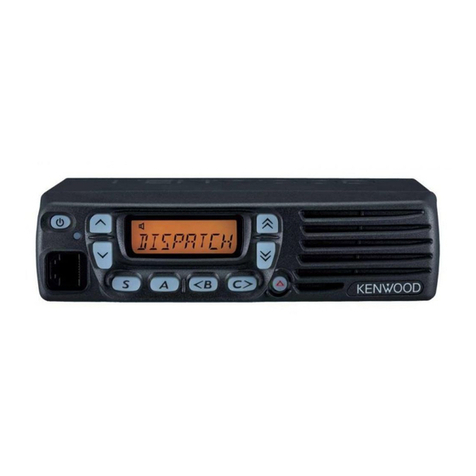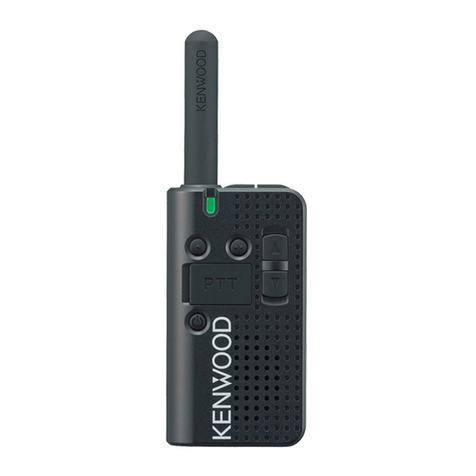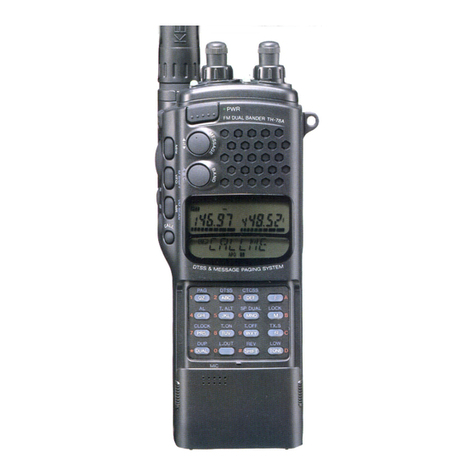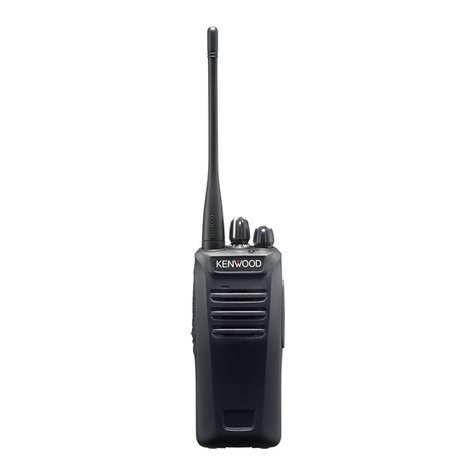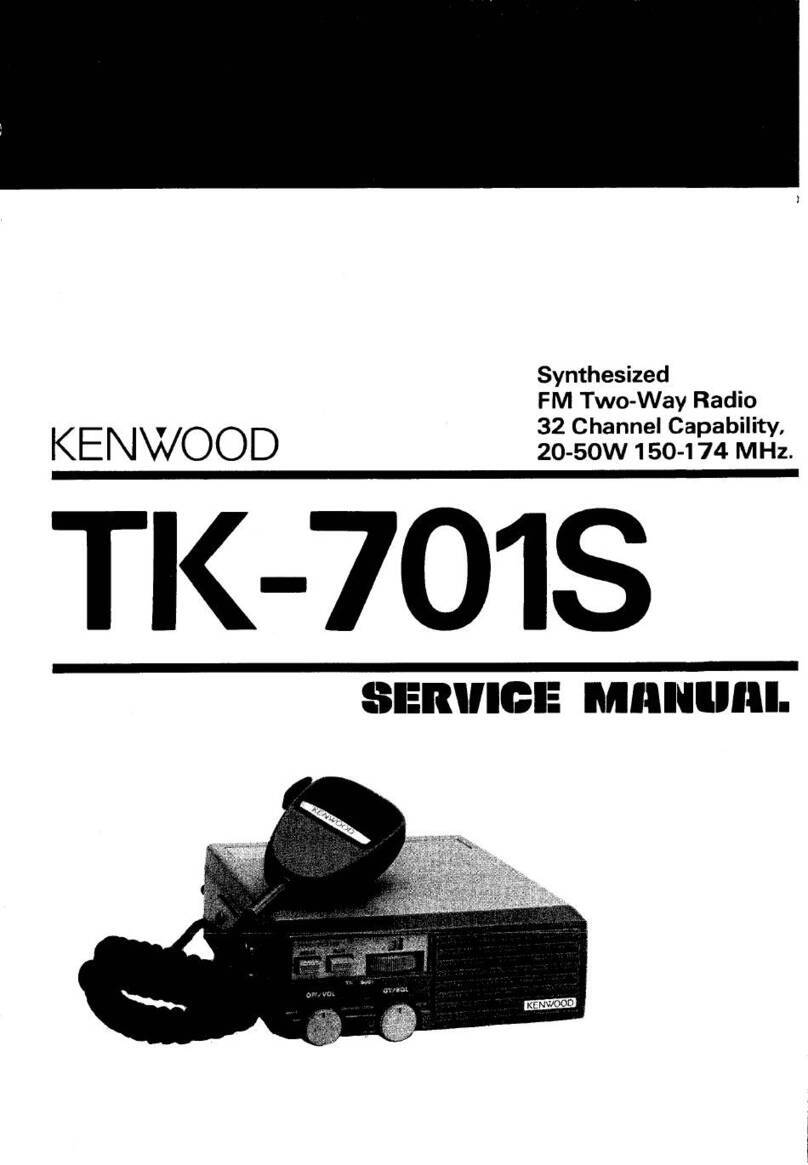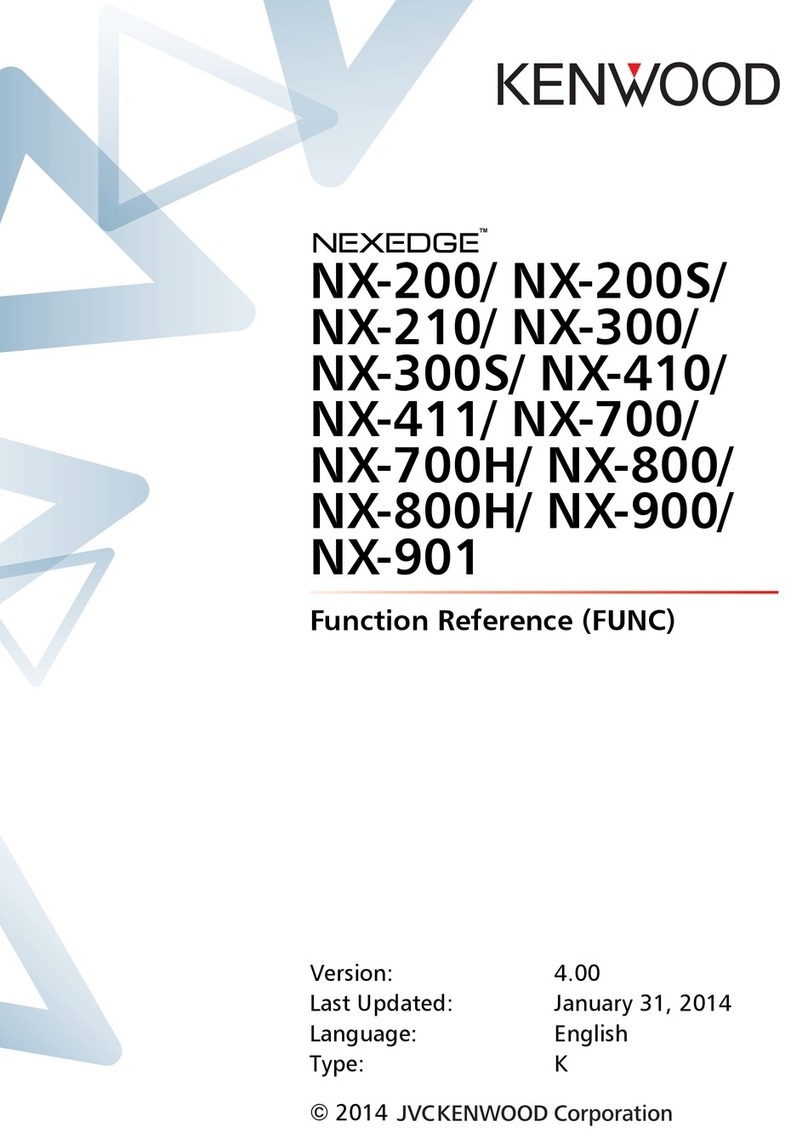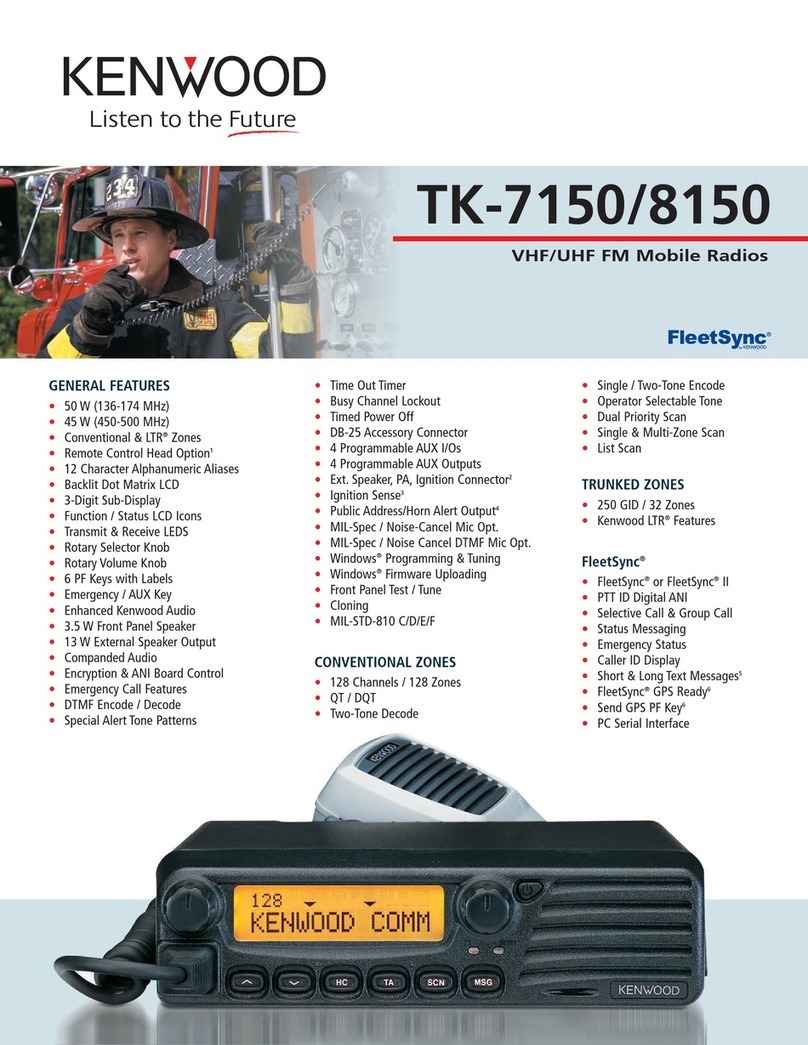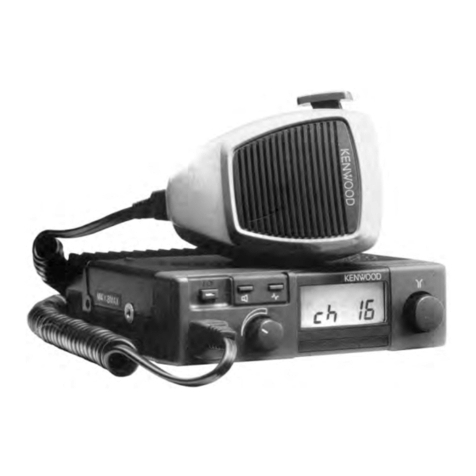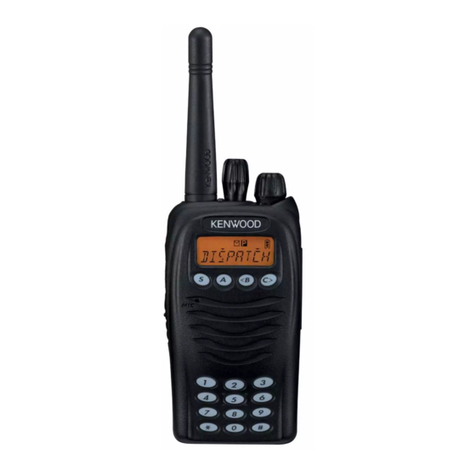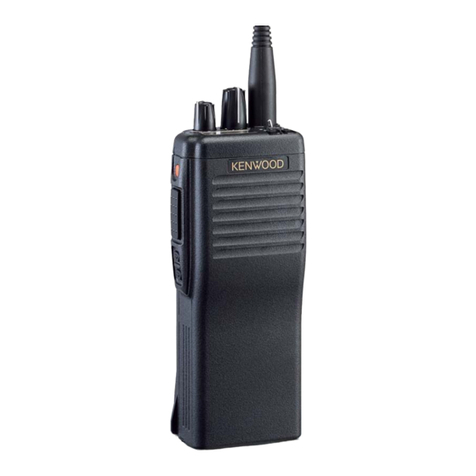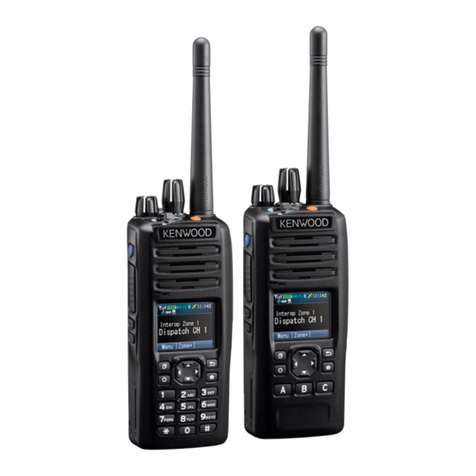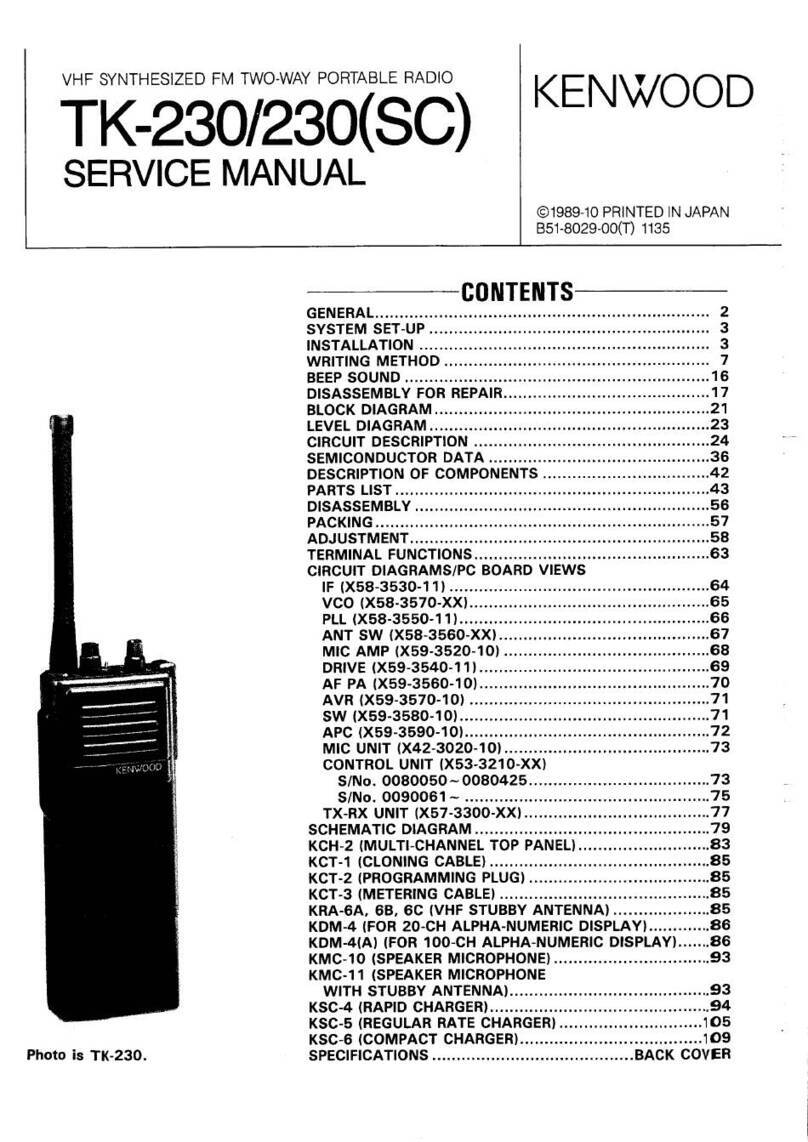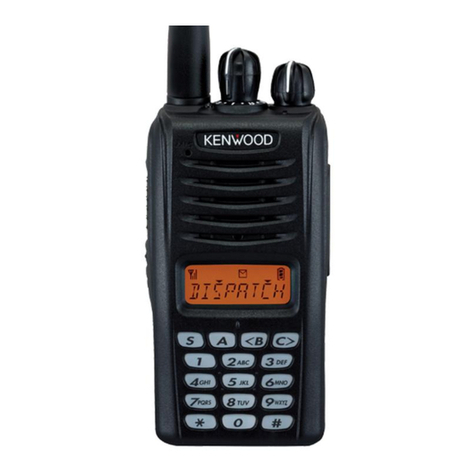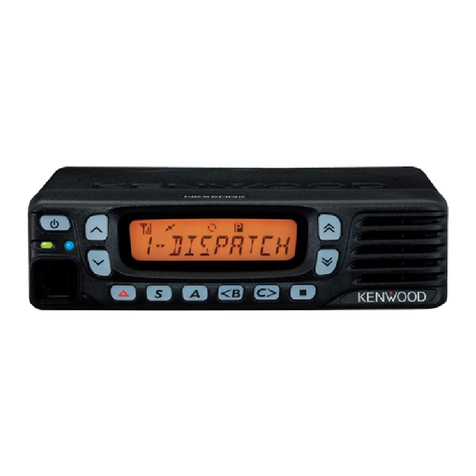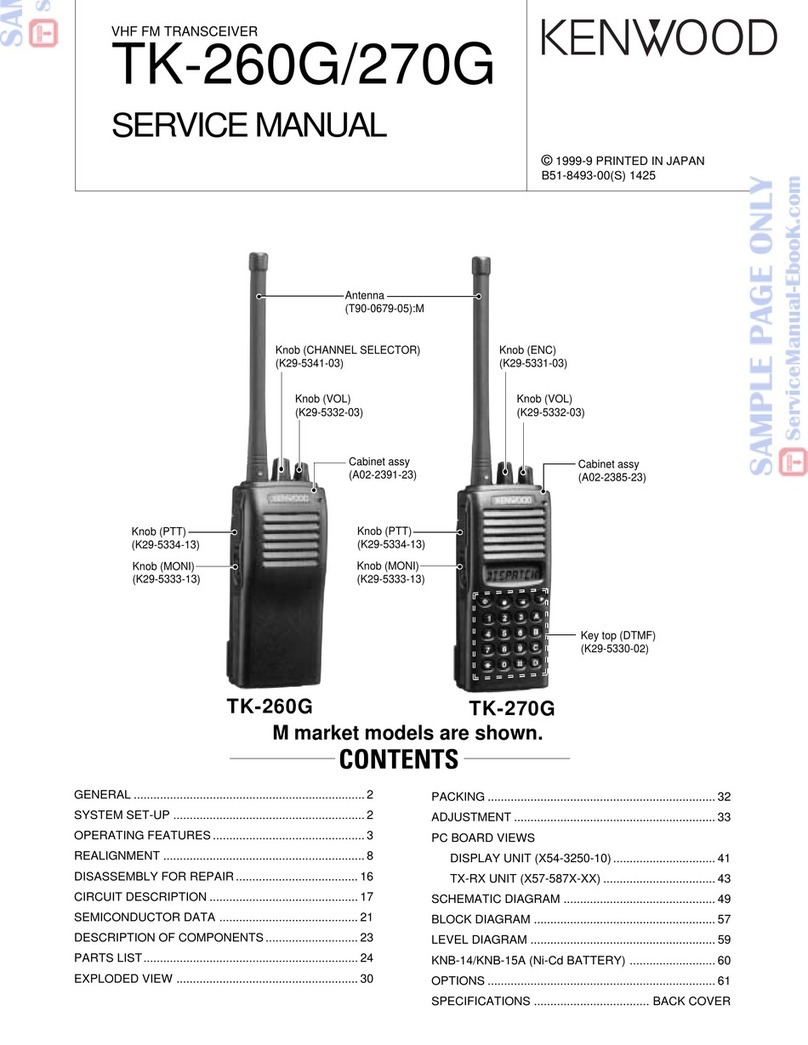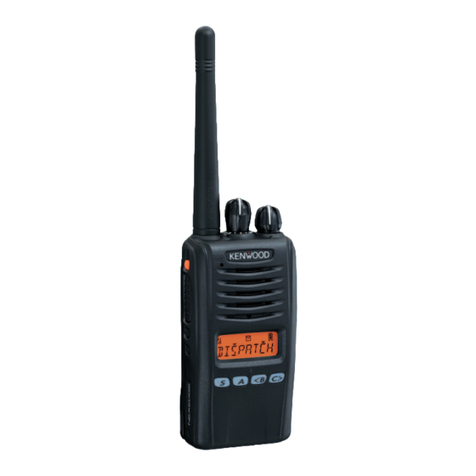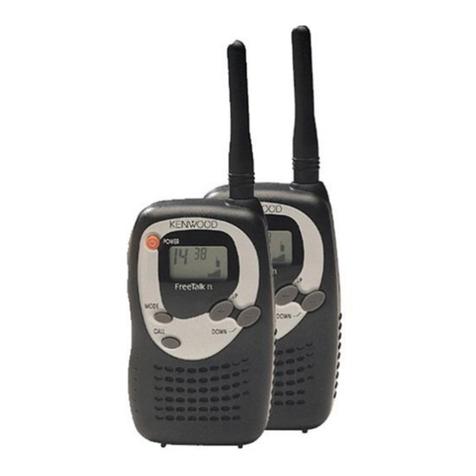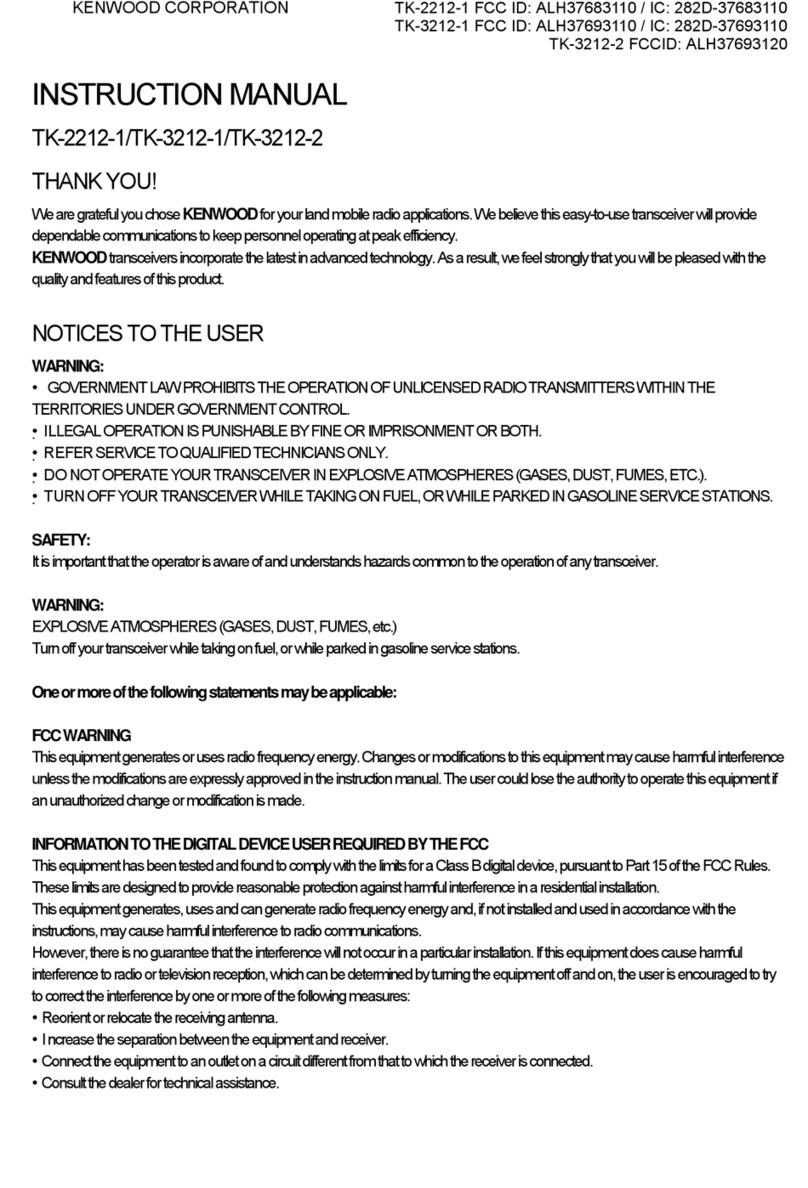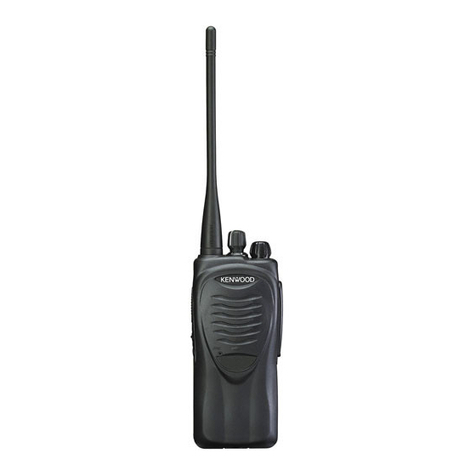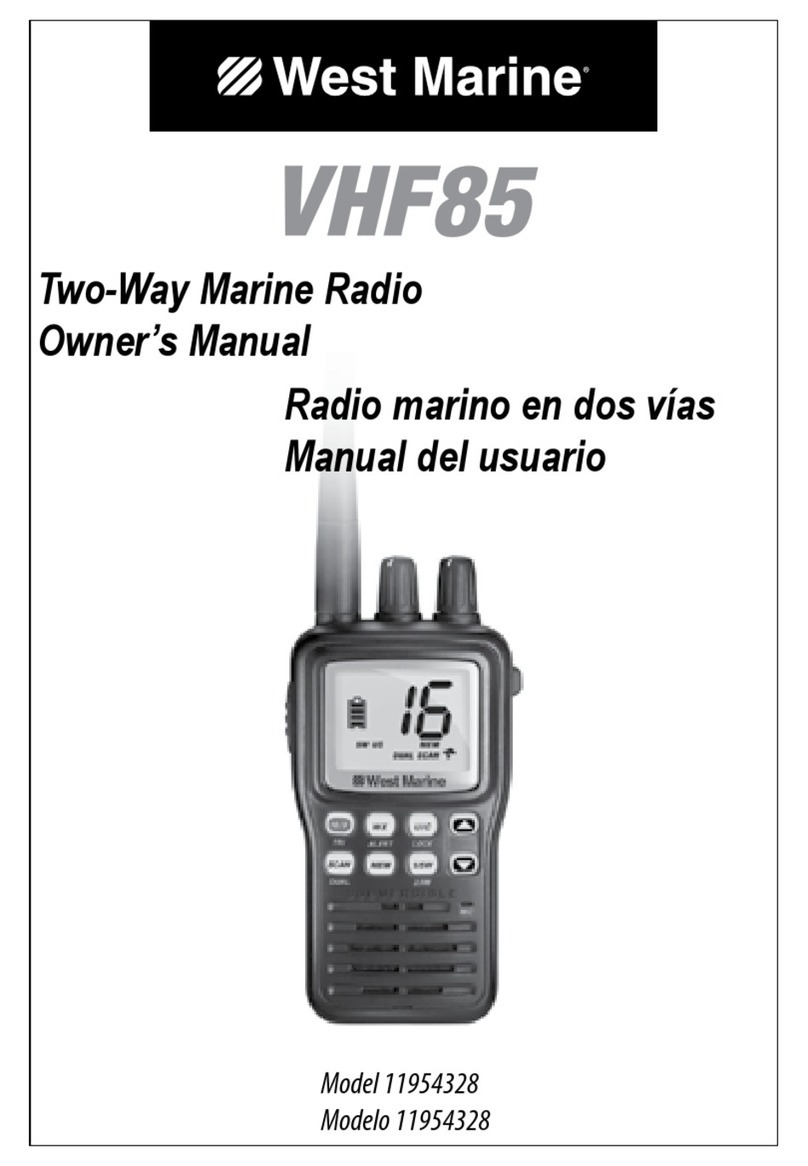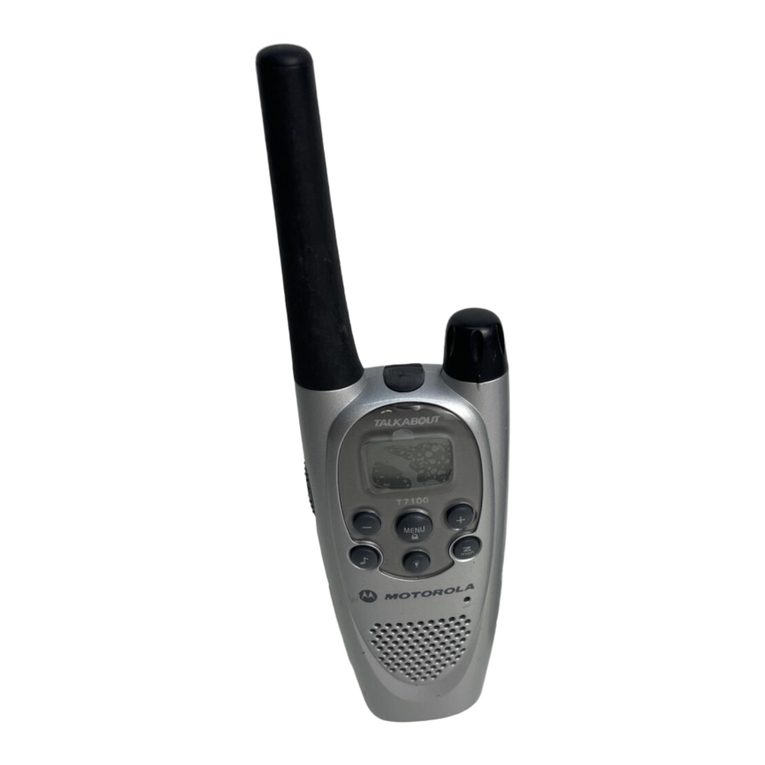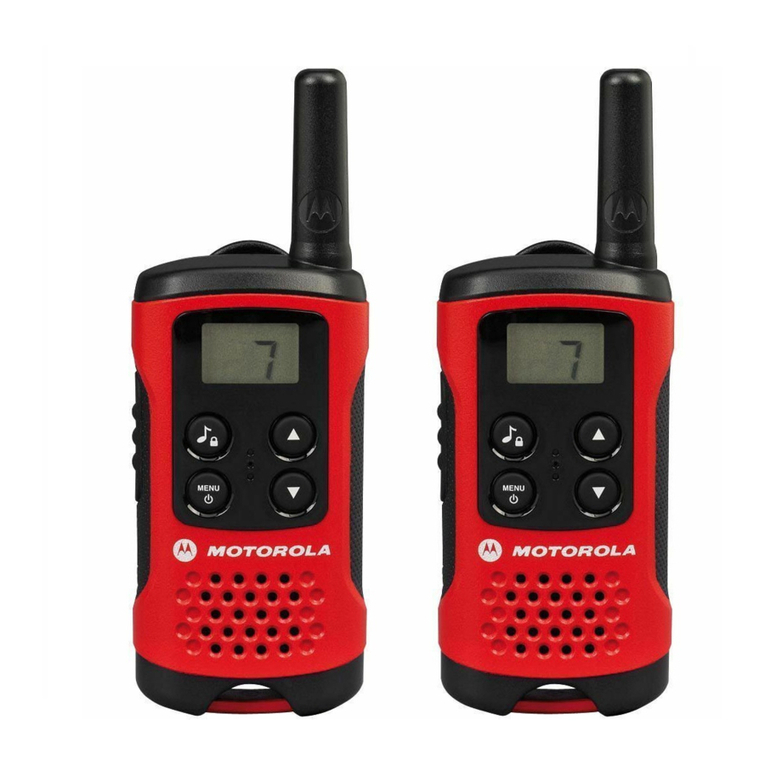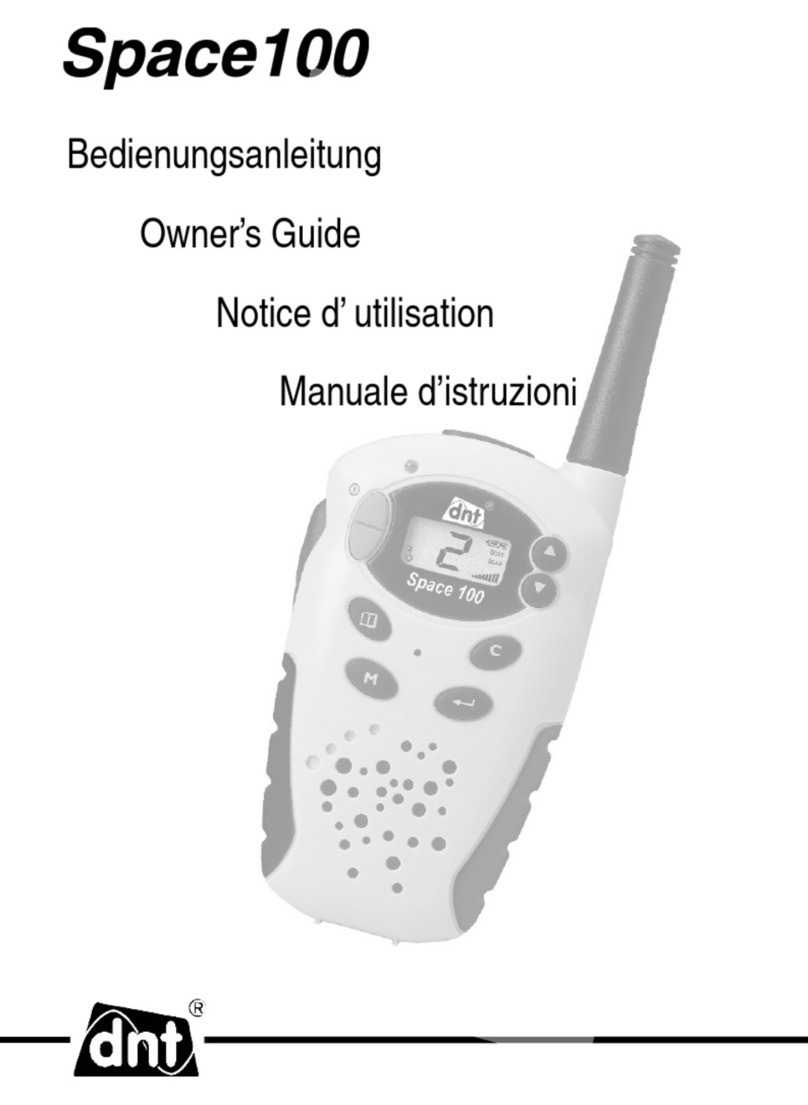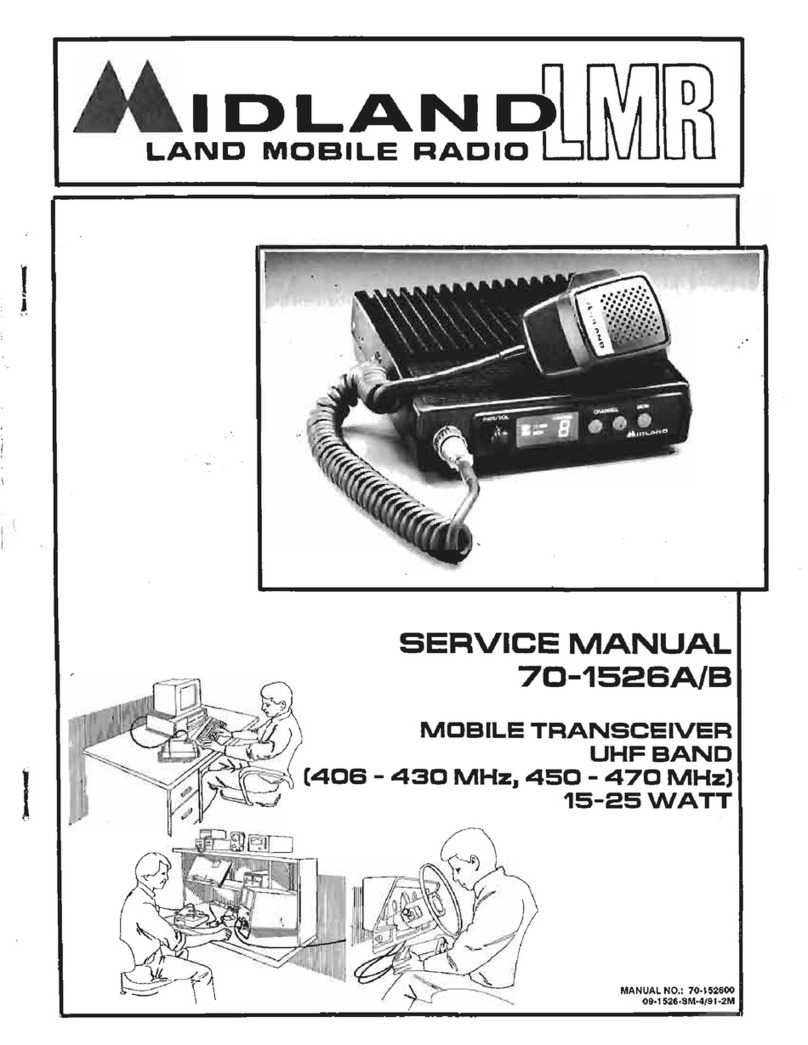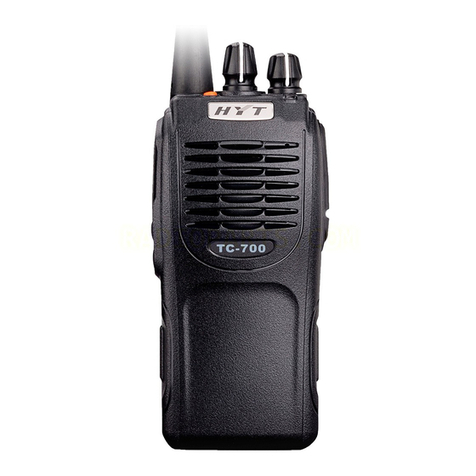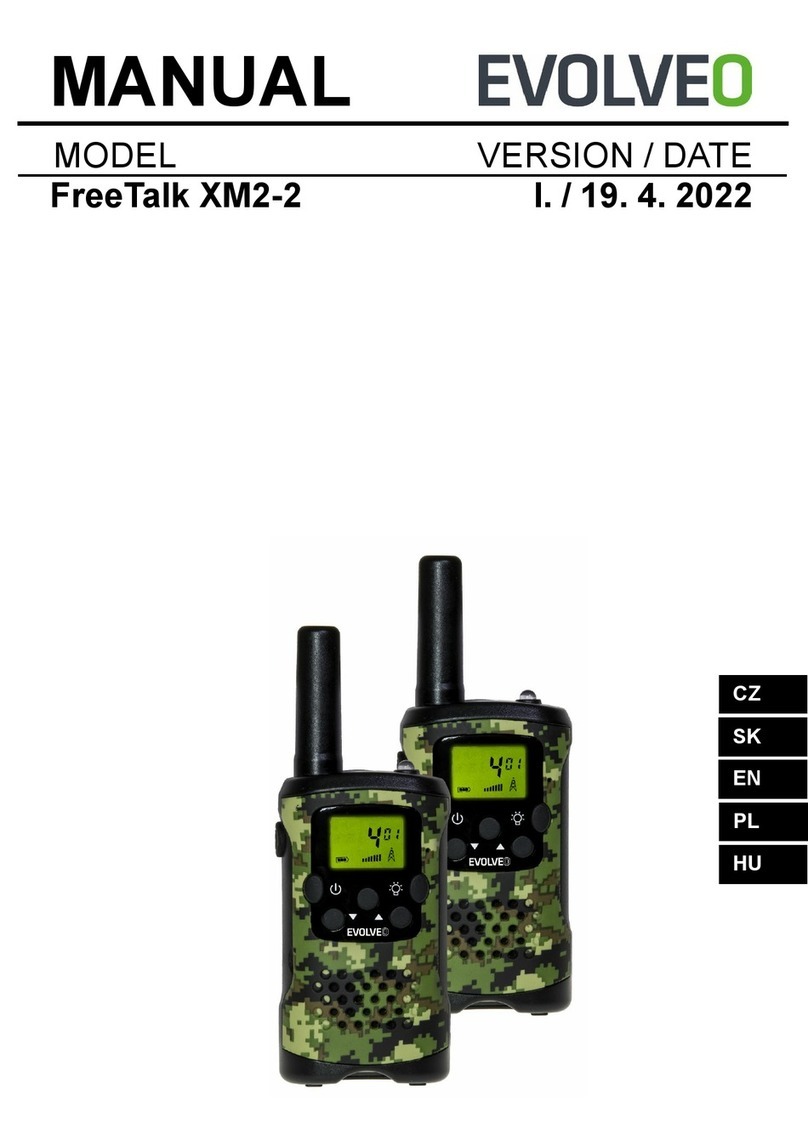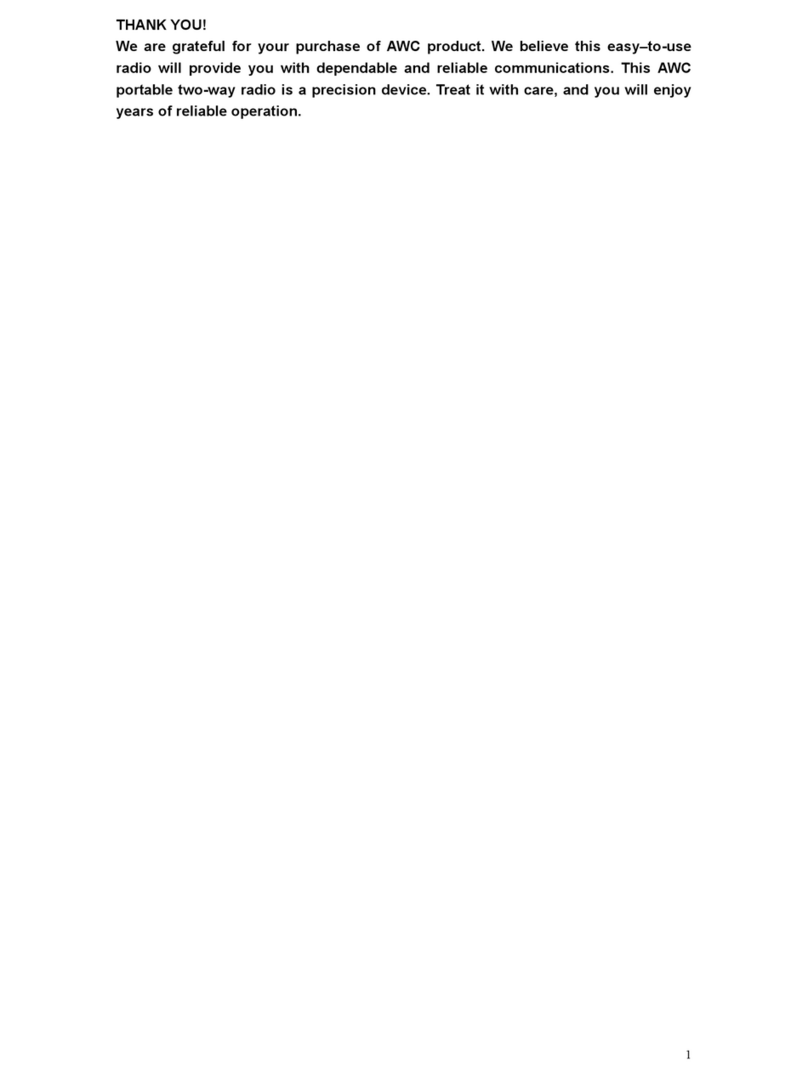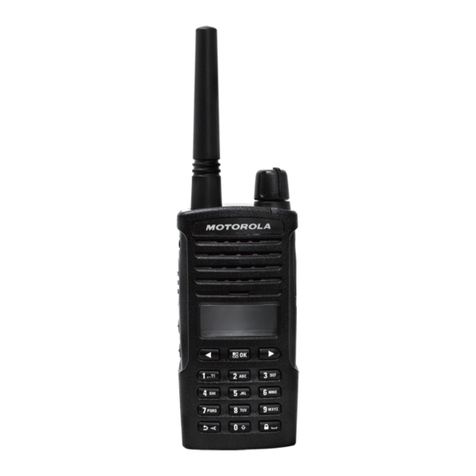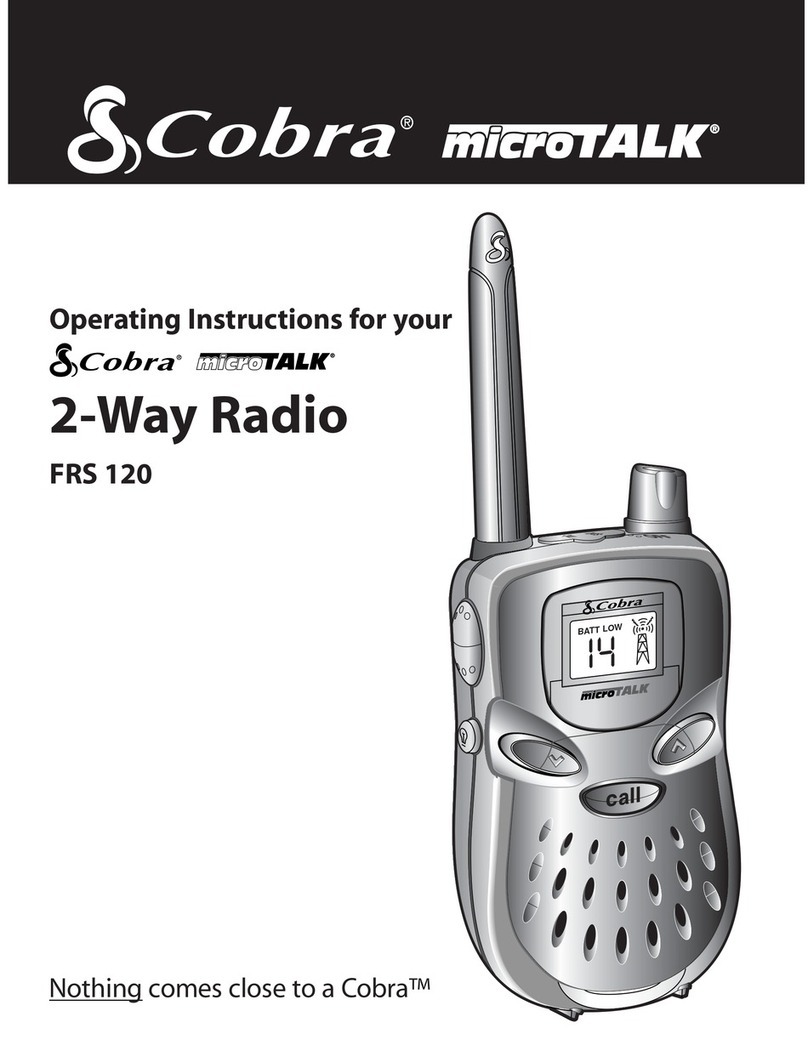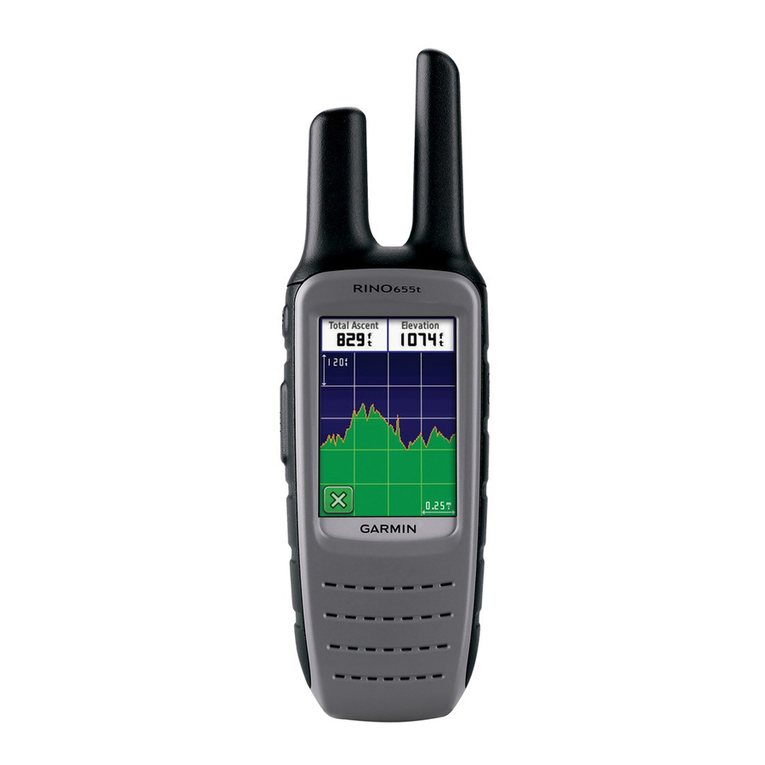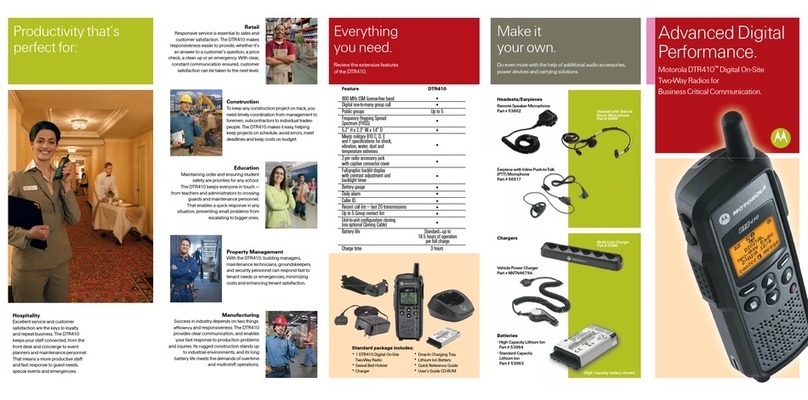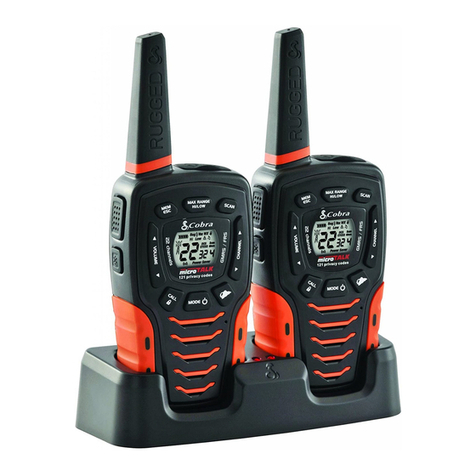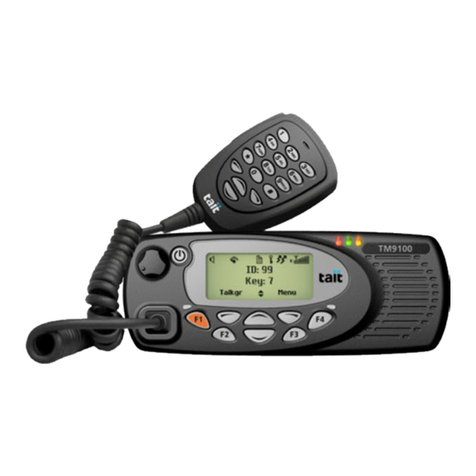
About Copyright/ About Trademarks and Patent Rights
FUNC (K)/Ver 1.20 INDEXCONTENTS iv
About Copyright
Software Copyrights
All copyrights and other intellectual property rights for this technical document and relevant in-depth manuals as well as
the software described in this technical document, relevant in-depth manuals, and help texts and manuals attached to the
software are owned by JVC KENWOOD Corporation.
A right to use the software described in this technical document and relevant in-depth manuals is granted to a licensee by
JVC KENWOOD Corporation; however, the title to and ownership of the software shall be owned by
JVC KENWOOD Corporation. Refer to the help texts attached to this software for details.
JVC KENWOOD Corporation does not warrant that quality and performance of the software described in this technical
document and relevant in-depth manuals conform to the applicability of any use, and JVC KENWOOD Corporation shall
be free from liability for any defects, damage or loss, or from any warranty for anything other than what is expressly
described in this technical document and relevant in-depth manuals.
Any distribution, resale, lease, waiver, assignment, reproduction, or disclosure on a website of all technical manuals
written and made by JVC KENWOOD Corporation including but not limited to In-depth Manuals, Supplements, and help
texts attached to the software and marked as “Confidential” shall strictly be prohibited.
Firmware Copyrights
The title to and ownership of copyrights for firmware which is described in this technical document, relevant in-depth
manuals, and help texts are reserved for JVC KENWOOD Corporation, and the firmware shall be embedded in
KENWOOD product memories.
Any modifying, reverse engineering, copying, reproducing or disclosing on an Internet website of the firmware is strictly
prohibited without prior written consent of JVC KENWOOD Corporation.
Furthermore, any reselling, assigning or transferring of the firmware is also strictly prohibited without embedding the
firmware in KENWOOD product memories.
Firmware is equipped with the AMBE+2™ voice encoding technology under license from Digital Voice Systems.
About Trademarks and Patent Rights
Adobe and Adobe Acrobat are either trademarks of Adobe Systems Incorporated, or registered trademarks of Adobe
Systems Incorporated in the United States and/or other countries.
FleetSync®and FleetSync®II are registered trademarks of JVC KENWOOD Corporation.
IBM®is a trademark or a registered trademark of International Business Machines Corporation.
NEXEDGE®is a registered trademark of JVC KENWOOD Corporation in the United States and/or other countries.
NXDN®is a registered trademark of Icom Incorporated and JVC KENWOOD Corporation.
All other product names referenced herein are trademarks or registered trademarks of their respective manufacturers.
This product uses the AMBE+2 voice encoding technology and the technology is protected by intellectual property rights
including patent rights, copyrights, and trade secrets of Digital Voice Systems, Inc.
This voice encoding technology is licensed solely for use within this communications equipment.
The user of this technology is explicitly prohibited from attempting to extract, remove, decompile, reverse engineer, or
disassemble the object code, or in any other way convert the object code into human-readable form.
